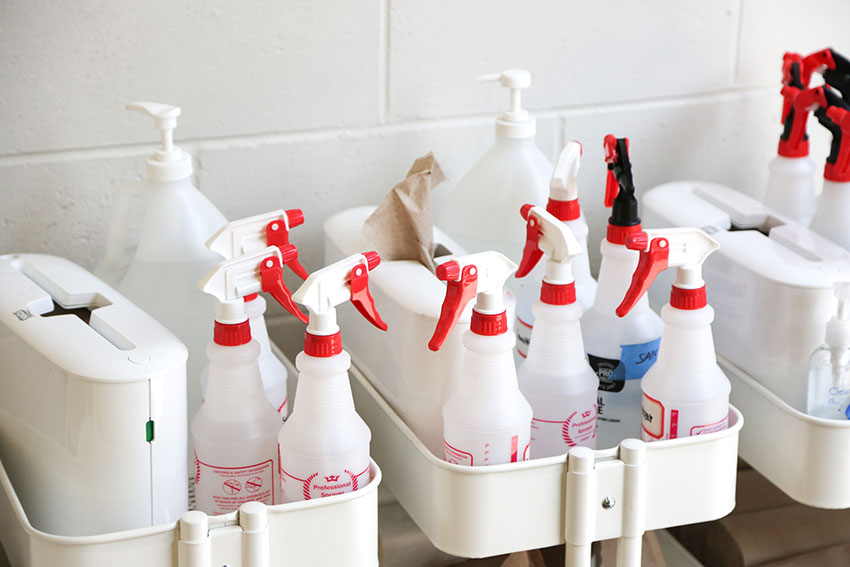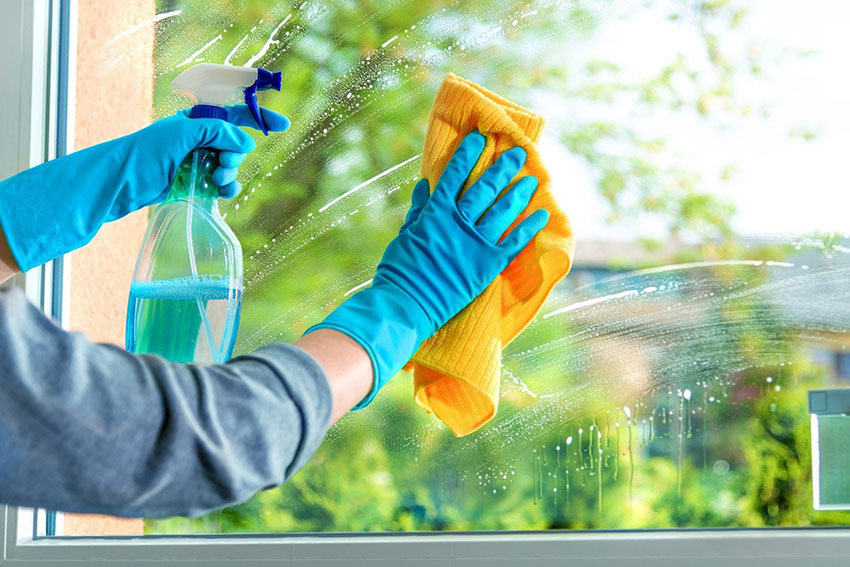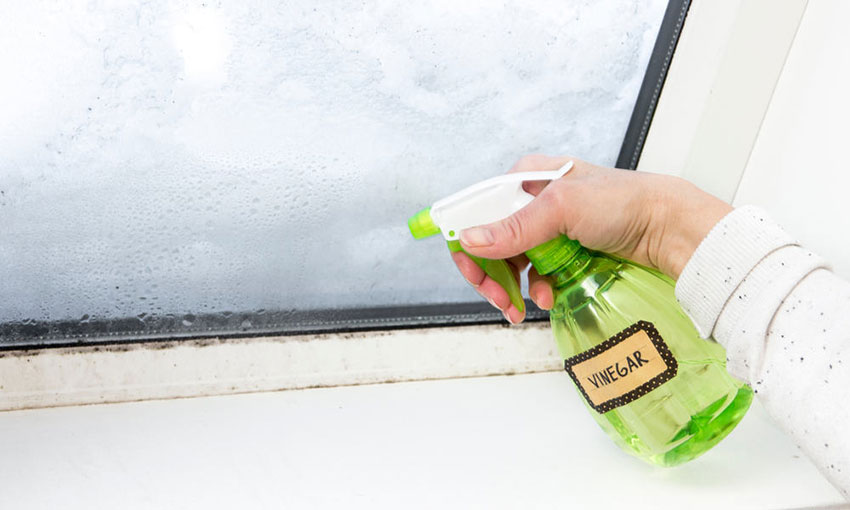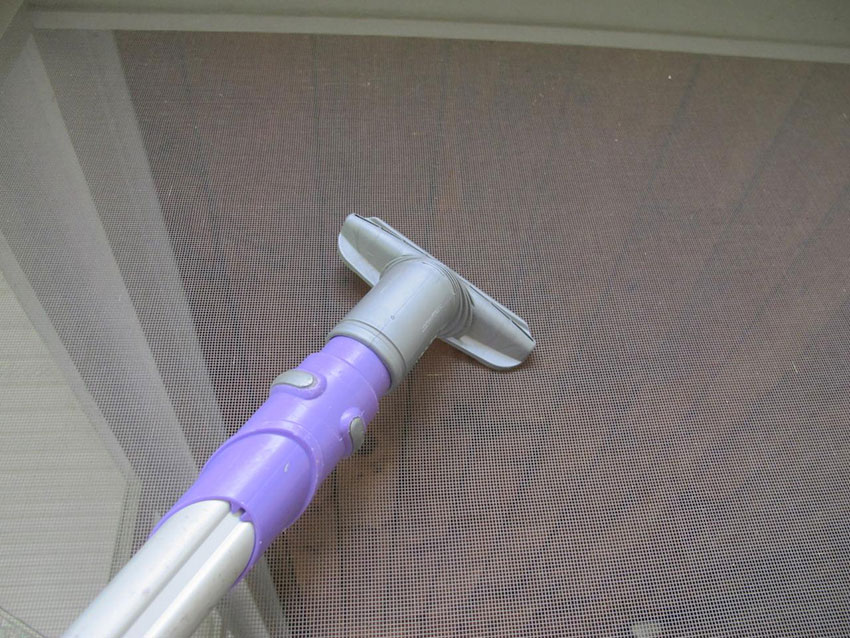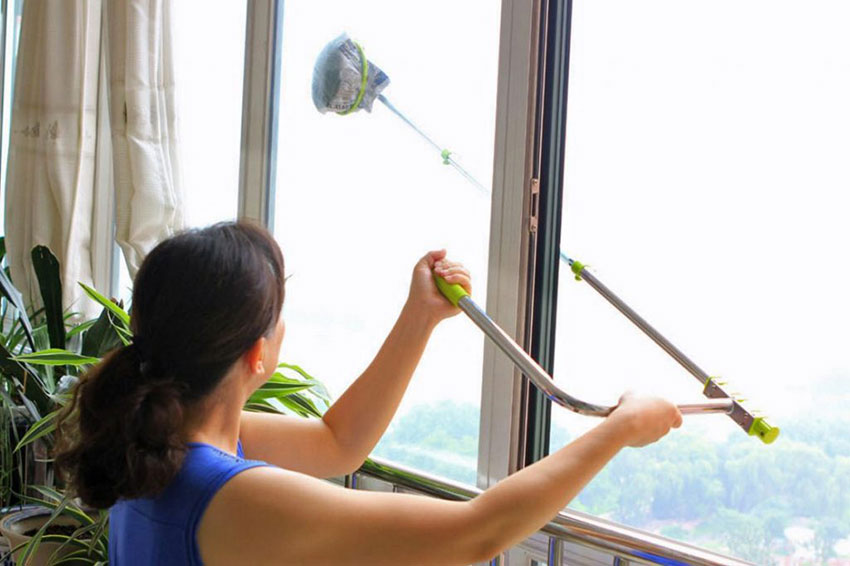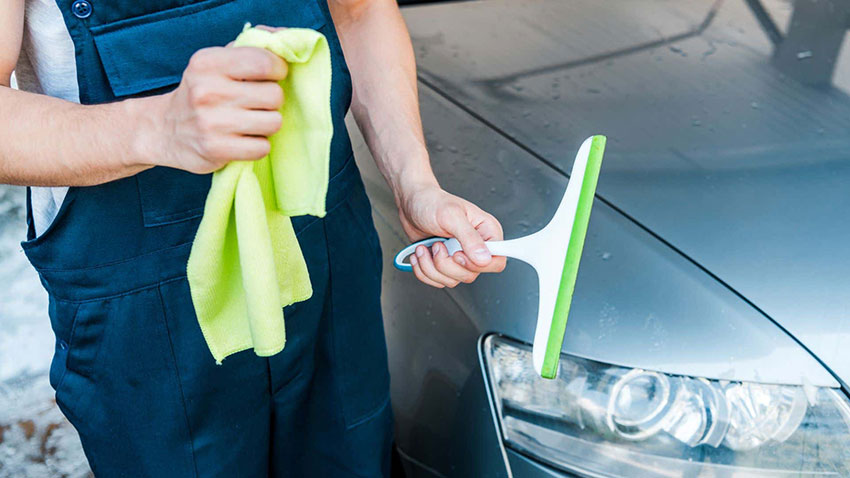How to clean windows without streaks
One of the most common complaints about a home’s windows is that they are streaky and dirty. If you want to make sure your windows are clean and clear, follow these steps to learn how to clean windows from the inside.
First, what causes streaks on windows? It’s usually your cleaner. Anything that leaves a film behind on the window can make it streaky. How fast your cleaning solution evaporates can also lead to streaky windows. If you’re cleaning windows on a hot day, the liquid can evaporate very quickly. This leads to uneven wet and dry sections, which causes streaks.
To avoid streaks when you’re cleaning windows, follow these Pro tips. And when cleaning windows indoors, don’t forget to put down some old towels to catch any water drips and prevent damage to your walls or window sills.
Step 1: Use ammonia or alcohol-based cleaners. These cleaning solutions don’t leave a film on your glass that causes streaks. A solution of white vinegar and water (see below) is also a good choice, as is soap and water.
Step 2: If your window is dusty or dirty, use a clean, dry microfiber cloth to remove excess first. This reduces the chances of leaving any streaks behind.
Step 3: Wash the window from the top down using your cleaning solution. Be generous with your solution to avoid it from evaporating too fast and causing streaks.
Step 4: Treat difficult marks with a little rubbing alcohol on a microfiber cloth. Don’t use a razor to remove stubborn marks, as it could scratch the glass.
Step 5: Use a squeegee to remove all the cleaning liquid. Alternatively, use a clean, lint-free cloth. You can buff away any remaining water with newspaper. Newspaper makes a great cleaner because it’s lint-free and very absorbent.
Pro Tip: Not all newspaper is created equal. While most newspapers use soy-based ink that doesn’t run, some use petroleum-based ink. This kind of ink could leave smears or stains behind. To test your newspaper, hold a page with heavy printing (like a headline) for a minute. If it stains your fingers, don’t use it on your windows.
It’s not just windows that have glass surfaces. Learn how to clean your electronic devices the right way with more of our Pro tips!
